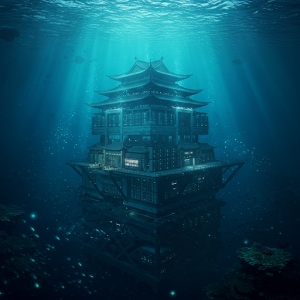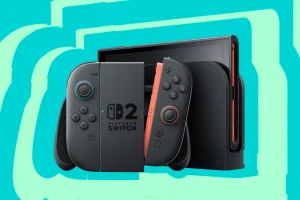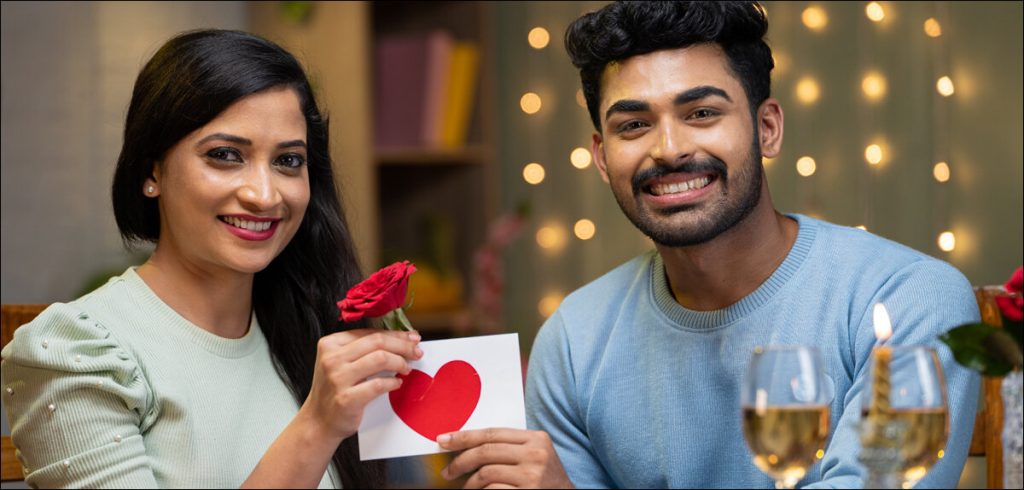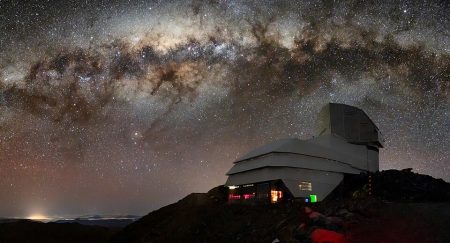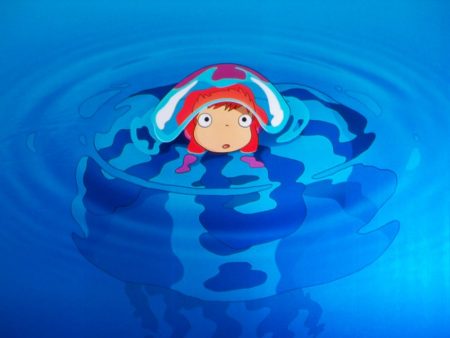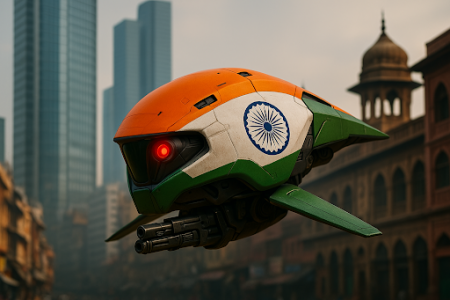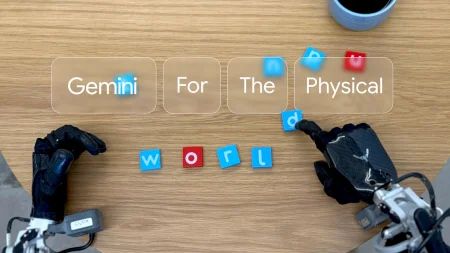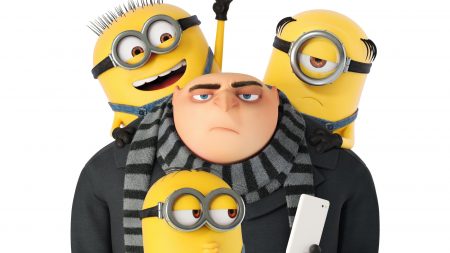Not only does AI help find a partner, sometimes applications themselves become the partner, the potential is limitless, says Uma.
Sima Aunty is the guru of match making and the show Matchmaking in Netflix is one of the most watched shows. What started as a basic documentary has been stretched to three seasons and a brand new designer avatar. However, Sima aunty has a catch, she does not appreciate flings and dating. She prefers ‘serious’ relationships which ultimately culminate in marriage.
For the unversed, Indian Matchmaking, the hit eight-episode long Netflix docuseries, has Mumbai-based Matchmaker Sima Taparia becoming a social media sensation overnight. It is said that Sima aunty charges upwards of $20,000 per match which can be worldwide. Sima Aunty’s process is to find the top 5-10 requirements from their clients and do word matching with the standard dialogue – ‘You will get a 70-80% match, rest you have to adjust! 100% match is simply not possible’.
What Sima aunty does not take into account is variables like chemistry, idea of looks, details of work, etc. Many of the match makers in India are similar add to it the concept of horoscopes thrown in.
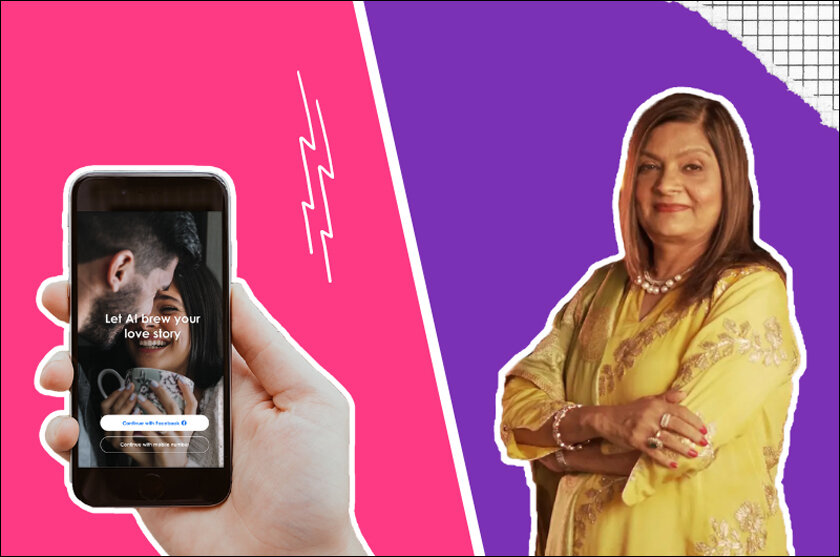
There are over 1500 dating apps, some even specific community based, with a market projection of over $10 million by 2025
‘As per the data of Betterhalf.ai, more than 10,000 couples use the app and it is a testament to their belief in the idea and power of artificial intelligence. Around 5,000 of them are now in a serious relationship and more than 1,000 have tied the sacred knot through their platform.
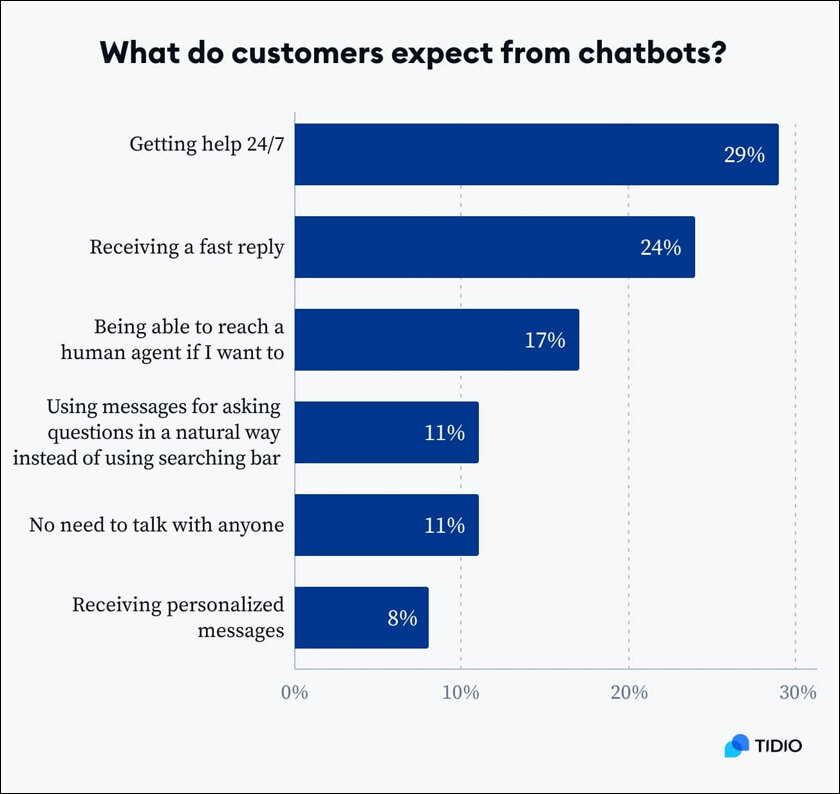
(The human interaction is the aspect that is required by anyone, minus the stigma or judgement)
Date Vs. Love?
Taking the strings off and seeing what works resulted in the inception of Tinder, Bumble, etc. This is a no strings attached approach by swiping left or right based on what comes across as an ideal match. Sima Aunty has been viewed as being judgemental, as someone with archaic views on homosexuality, interfaith marriage, inter community marriage, concept of living in, dating, compatibility and the like. The applications bridge exactly that, the stigma of patriarchal thought does not exist and an unbiased view based on data is provided.
How does an application know to show the right match? Earlier applications were a simple string search of similar interests, but they could be faked. E.g. Love for cars, may not exactly translate into a Car Geek who loves the specifications, but may just love the look of a Ferrari or Lamborghini. The depth of the relationship is determined by the spectrum of the match and is not necessarily a binary. So the thin margin where the variables set in and the ‘adjustment’ of the variables happen, ‘Love’ comes in unfiltered.
So what then eventually extrapolates the actual word match, then starts gathering information from various other data sources like Facebook, Instagram, Snapchat. On what your day to day engagement is, what your activities are, your reel history, the list goes on. That along with the binary, then starts to create your personality on what stimulates you at that point in time, making it a more in-depth analysis of your personality.
Sustainable romantic connection is what people look for beyond the initial relationships.
In an interesting survey conducted, Gen Z did not have as much of an update as Gen X where there was a 33% uptake of the applications. They were keen on personal growth Vs. through applications. Interestingly married men seem to have more of an uptake compared to unmarried counterparts.
Contentment
The biggest worry that anyone has is that the partner may not look and be true to their online persona. The security concerns have largely reduced given the credential checks. Most relationships stop at friendships or casual dating.
Only 13% of the respondents look for casual dating while over 33% of men and staggeringly 43% of women were keen on long term relationships.
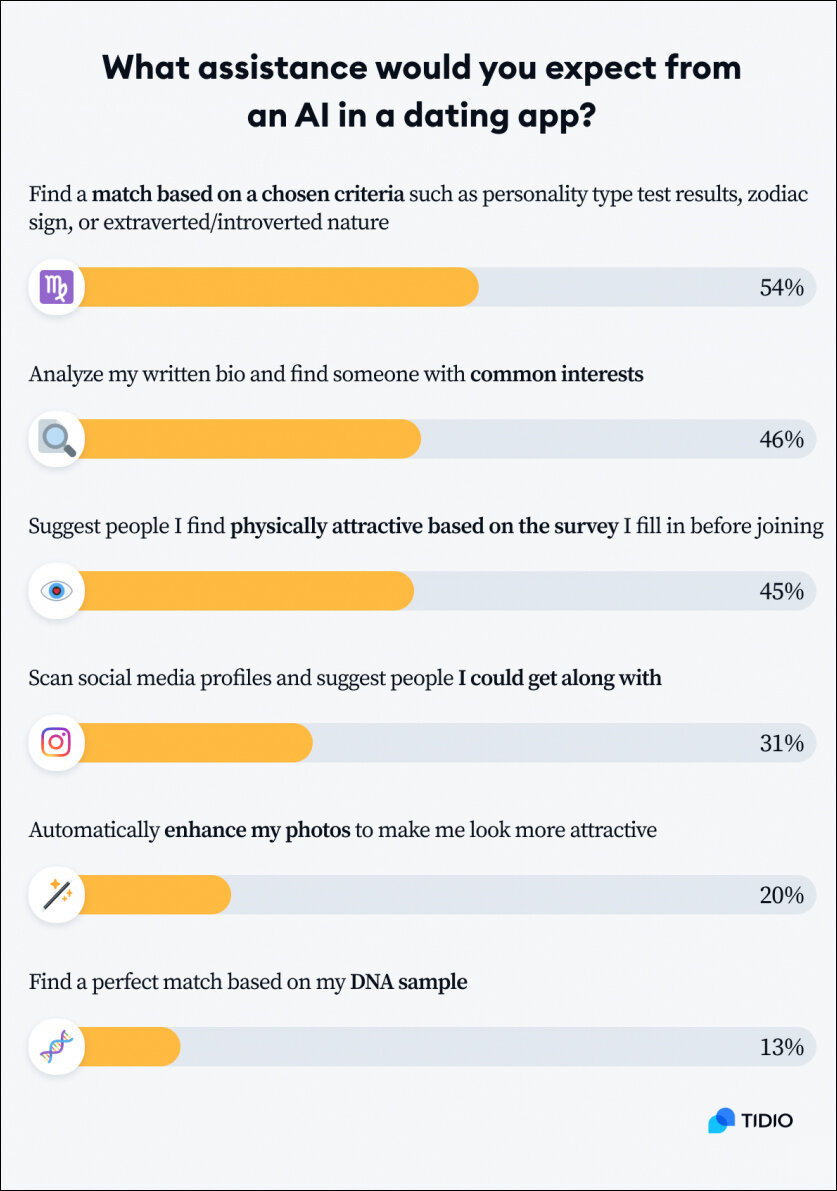
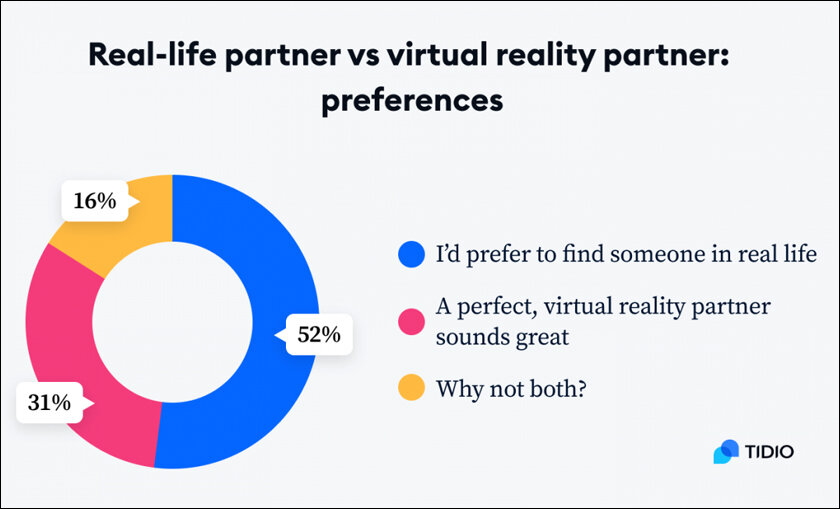
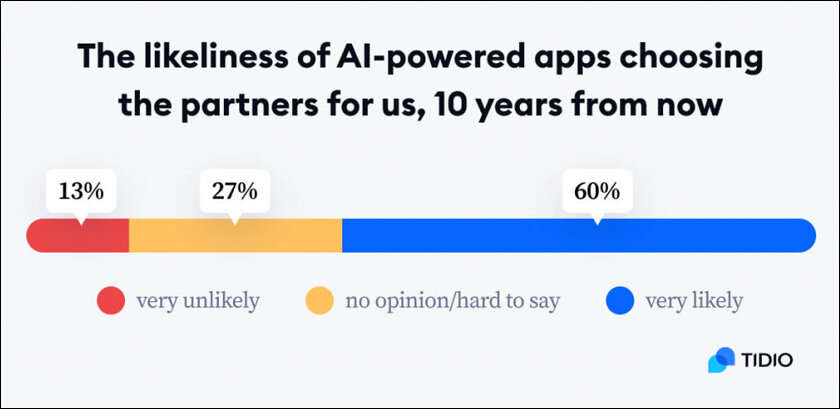
New dimensions
While horoscope matching is passe’, DNA matching is one of the new aspects in the market. Much like horoscopes, DNA matching gives a brand new dimension where it is claimed that what was missing in Sima aunty’s approach can now be bridged. Technically, when friends come together and find a match for their friends, they sense the chemistry and the ‘unknown’ compatibility before suggesting dates, this now has been viewed as a DNA, Single Nucleotide Polymorphism (SNP) markers in candidates’ genes, also called love genes to play a significant role in match making.
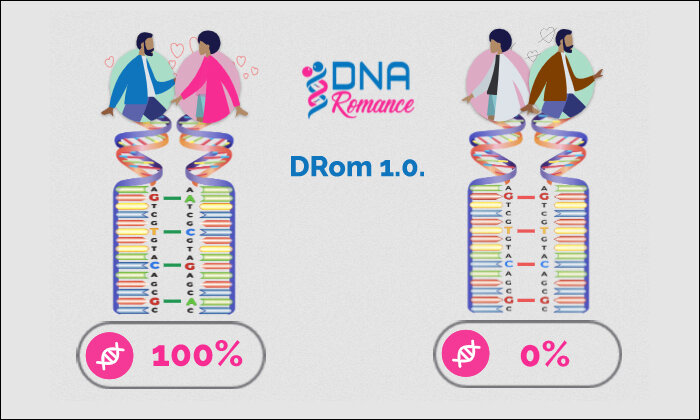
‘DNA Romance‘s personality compatibility algorithm, can be used to predict personality compatibility between single people and couples. It works by assigning maximum compatibility scores for similar personality types and less compatibility with personality types that clash.’
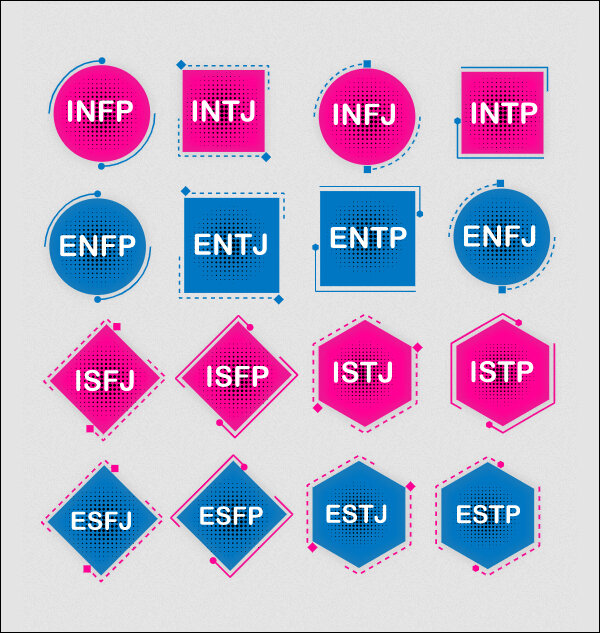
In personality typology, the Myers–Briggs Type Indicator (MBTI) is an introspective self-report questionnaire indicating differing psychological preferences in how people perceive the world and make decisions. Despite its popularity, it has been widely regarded as pseudoscience by the scientific community. (WIKI)
AI dating and extensions
Not only does AI help find a partner, sometimes applications themselves become the partner, write messages, help generate conversation, the potential is limitless. Digital Girlfriend and boyfriend experience, CarynAI, by Snapchat influencer Caryn Marjorie has taken the online dating scene to another dimension raking in 15000 users as soon as it launched at $1 per connection. Not very sure on the viability, and the long term aspects, however, younger generation addicted to social media may prefer virtual digital connections to real ones.
With loneliness on the rise, it is indicated that AI companies will cash in on the products to combat isolation. In 2014, researchers at Microsoft Asia-Pacific developed the AI Xiaoice, which appears as a flirty 18-year-old girl and has garnered hundreds of million users, mostly Chinese men.
The future
The relationship between AI and humans continues to evolve and get personal yet non-judgemental. It is very difficult to pull the plug as the systems are learning as a part of the process. However, human connections are very difficult to replace, or even fully understand with all its complexities, adding in a machine to help with the same successfully will take a while.
Vulnerability, tribe mentality, experiences are rooted in deep connections and it will be a while for the SHAP and other variables to catch up with growing data science as human potential is infinite. While it may be helpful to look for alternatives, it is not yet time to bid goodbye to Sima aunty or our friendly neighborhood match makers in the AI-infused age as humanity still has a long way to go to hand over the reins to AI in totality.
In case you missed:
- None Found

